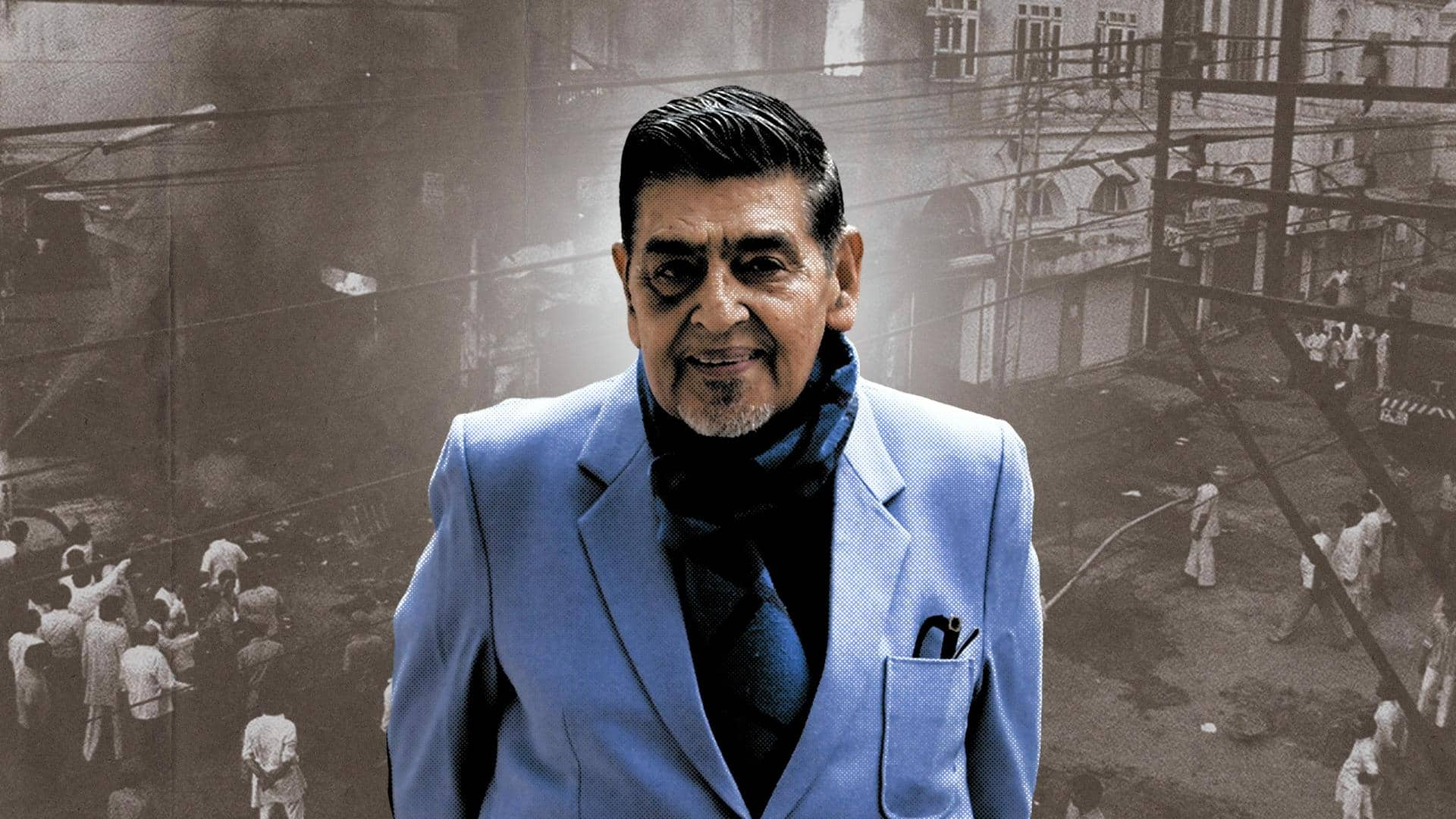
1984 anti-Sikh riots: CBI records Congress's Jagdish Tytler's voice sample
What's the story
The Central Bureau of Investigation (CBI) recorded the voice samples of Congress leader Jagdish Tytler on Tuesday in connection with the violence in Delhi's Pul Bangash area, which killed three people during the anti-Sikh riots in 1984. He previously denied his involvement in the violence when questioned by the CBI, after which he was taken to the Central Forensic Science Laboratory.
Context
Why does this story matter?
Tytler once used to be a formidable leader of the Congress but was forced to move to the rear after being accused of instigating violence. Political opponents have accused the party of shielding its leaders involved in the riots, which has been dubbed as the Congress's vendetta against the Sikh community. Notably, the CBI gave Tytler a clean chit in the case thrice.
Case
Court refused to accept CBI's closure report in 2007
A day after then-Prime Minister Indira Gandhi's assassination in 1984, riots broke out at the gurdwara in Pul Bangash, in which Badal Singh, Thakur Singh, and Gurcharan Singh were murdered. In 2007, a court refused to accept the CBI's closure report, following which the agency re-investigated the case and in 2015, the court directed the CBI to investigate the matter further.
Video
Sting operation video allegedly shows Tytler admitting to killing Sikhs
In 2018, the Delhi Sikh Gurdwara Management Committee released a sting operation video from 2011, alleging that it shows Tytler saying, "I killed 100 Sikhs." The committee's president Manjit Singh GK, a Shiromani Akali Dal (SAD) leader, claimed to have received it from an unknown youth in a pen drive. Following this, the Bharatiya Janata Party—then-ally of the SAD—filed a police complaint against Tytler.
Information
Tytler quit Union cabinet after being indicted by Nanavati Commission
Tytler was, however, indicted by the Nanavati Commission, which investigated the riots. As a result, he had to resign from the cabinet of the Manmohan Singh-led government in 2005. In 2013, he was forced to quit the cabinet again in the Congress government's second term.
Riots
What happened in 1984?
In the early 1980s, the burgeoning separatist Khalistani movement became violent, with Sikh militants allegedly murdering government officials and citizens. Former PM Gandhi ordered security forces to remove Jarnail Singh Bhindranwale—the leader of the Khalistan movement—from Amritsar's Golden Temple, the most sacred shrine of Sikhs. Bhindranwale was killed in a gunfight, following which Gandhi's Sikh bodyguards assassinated her, triggering nationwide riots against Sikhs.
Information
3,000 Sikhs killed in Delhi in riots
Notably, the riots continued for days, during which around 3,000 Sikhs were killed in Delhi. Some estimates say around 8,000-17,000 Sikhs were murdered in 40 cities across the country. Several Congress leaders including Kamal Nath were accused of encouraging rioters.